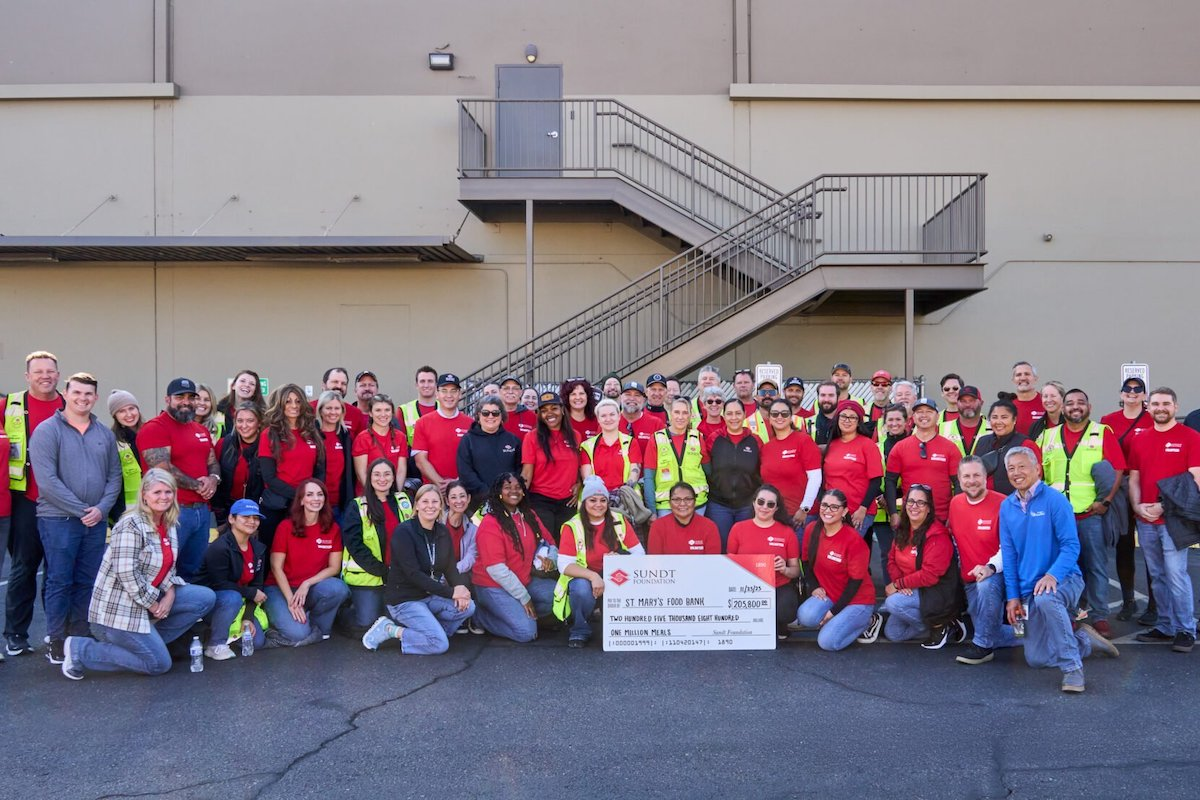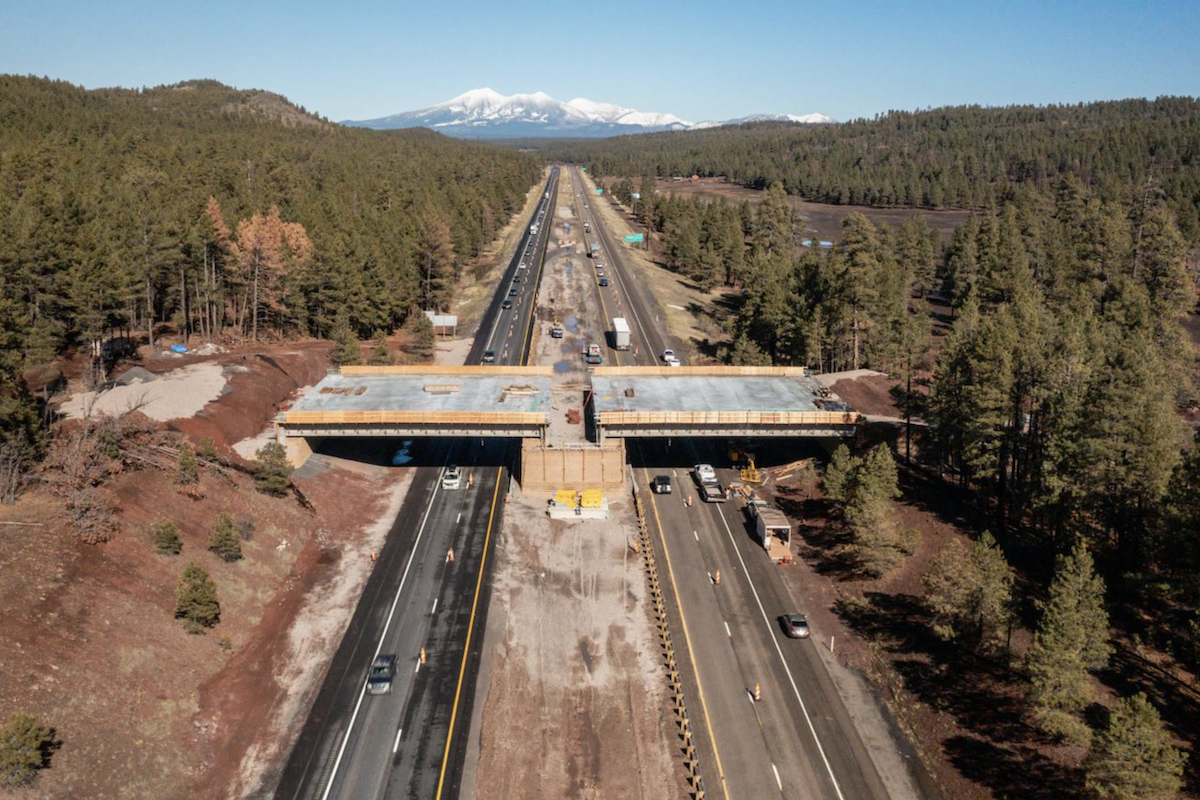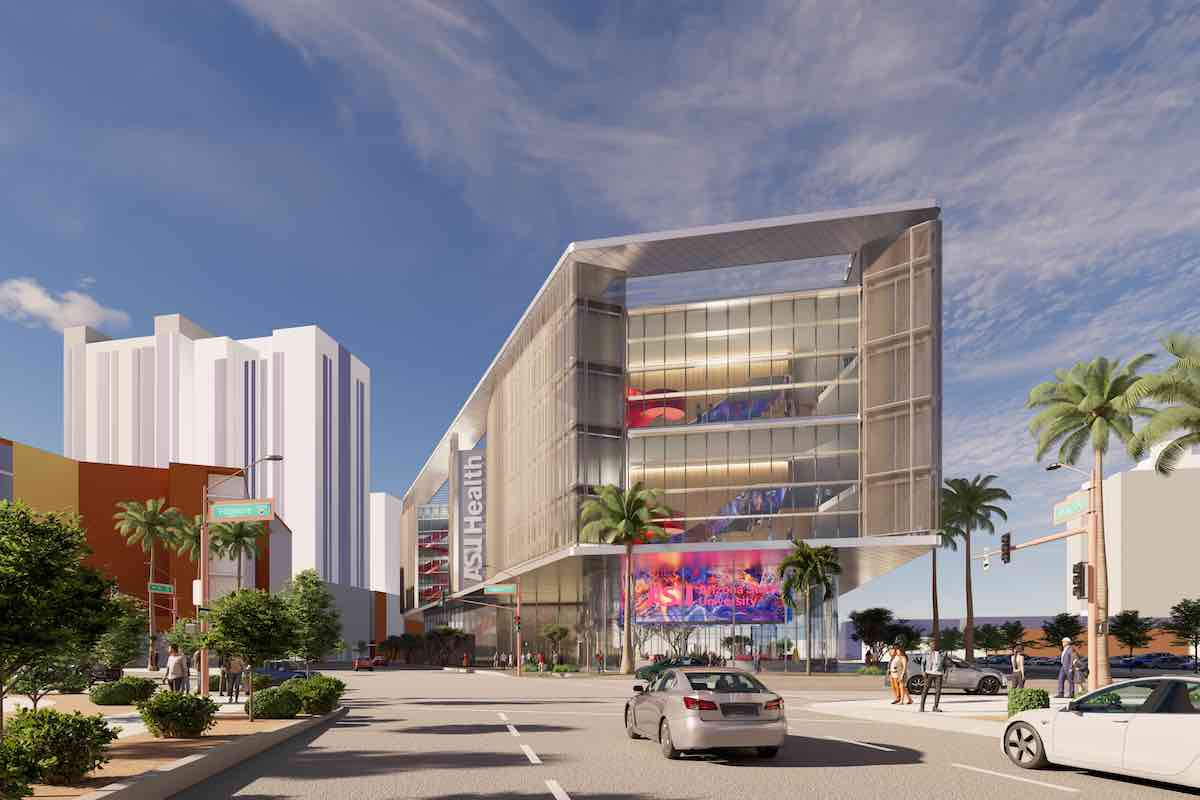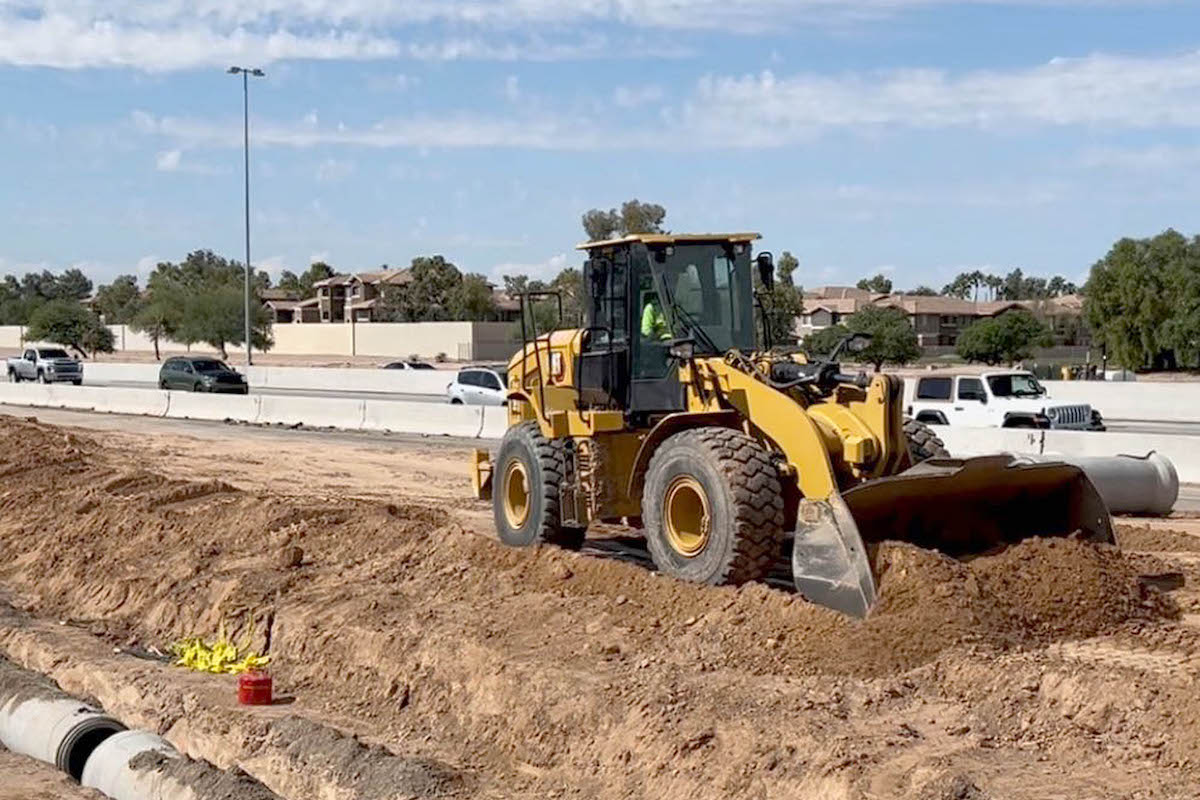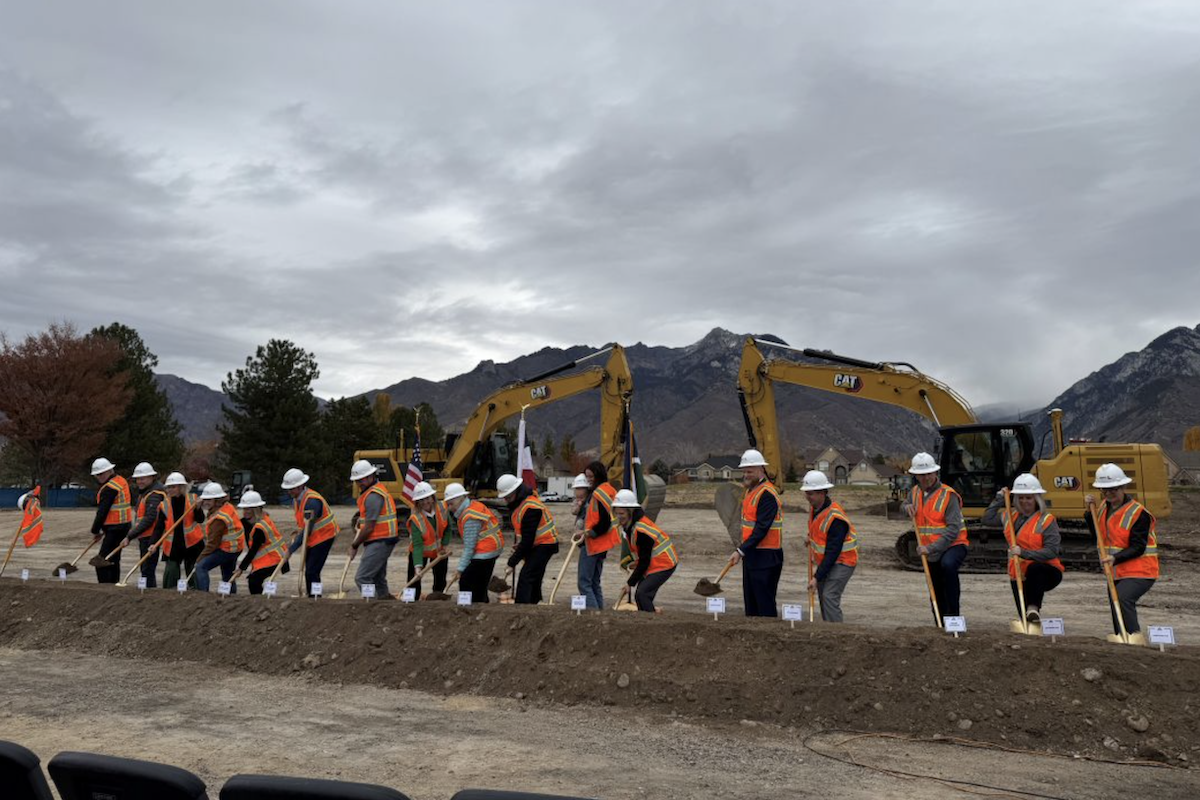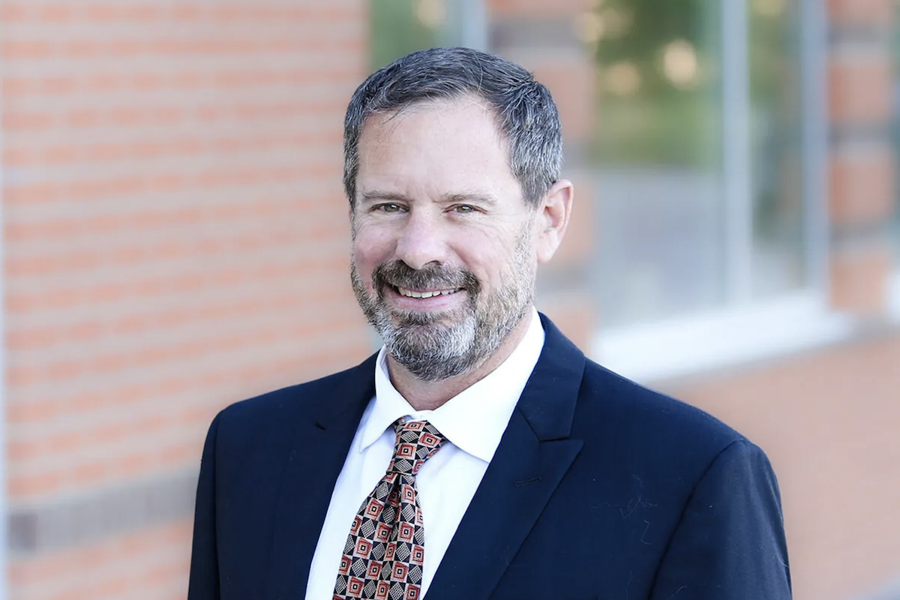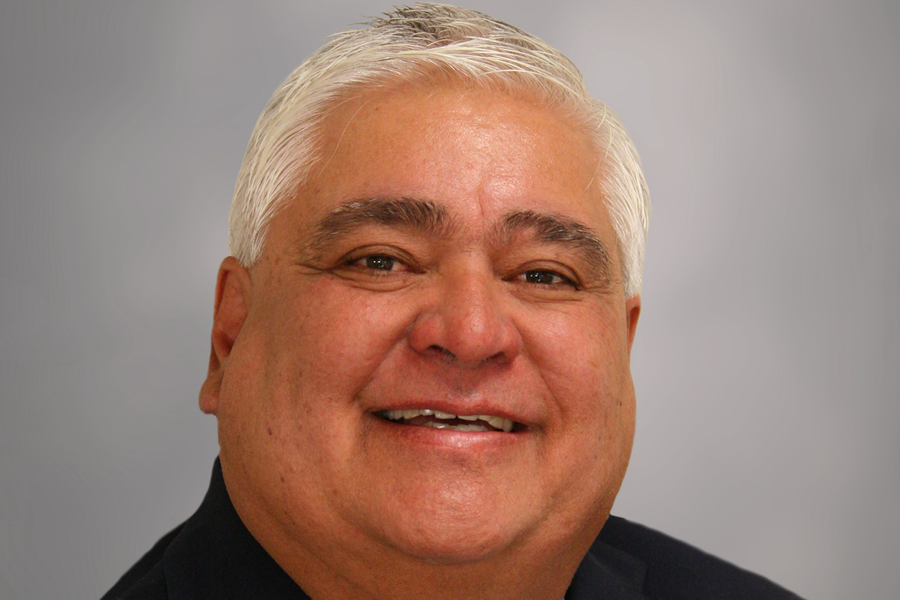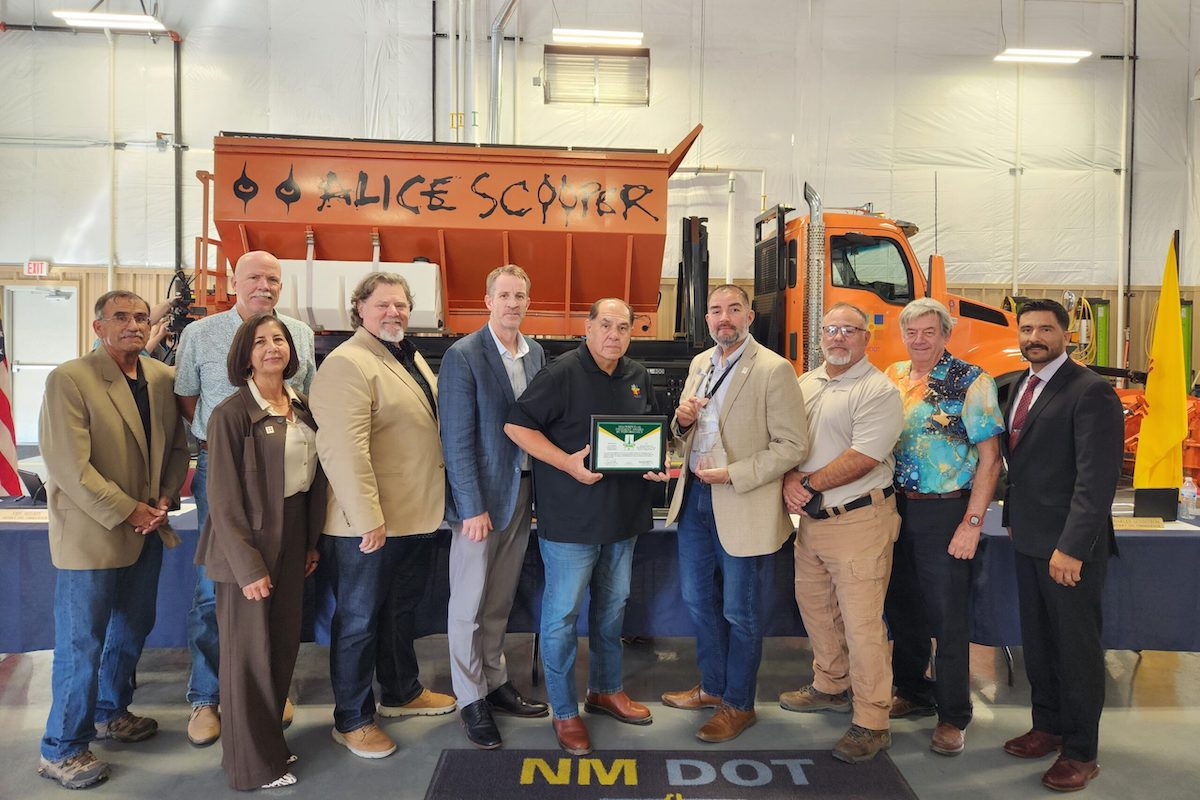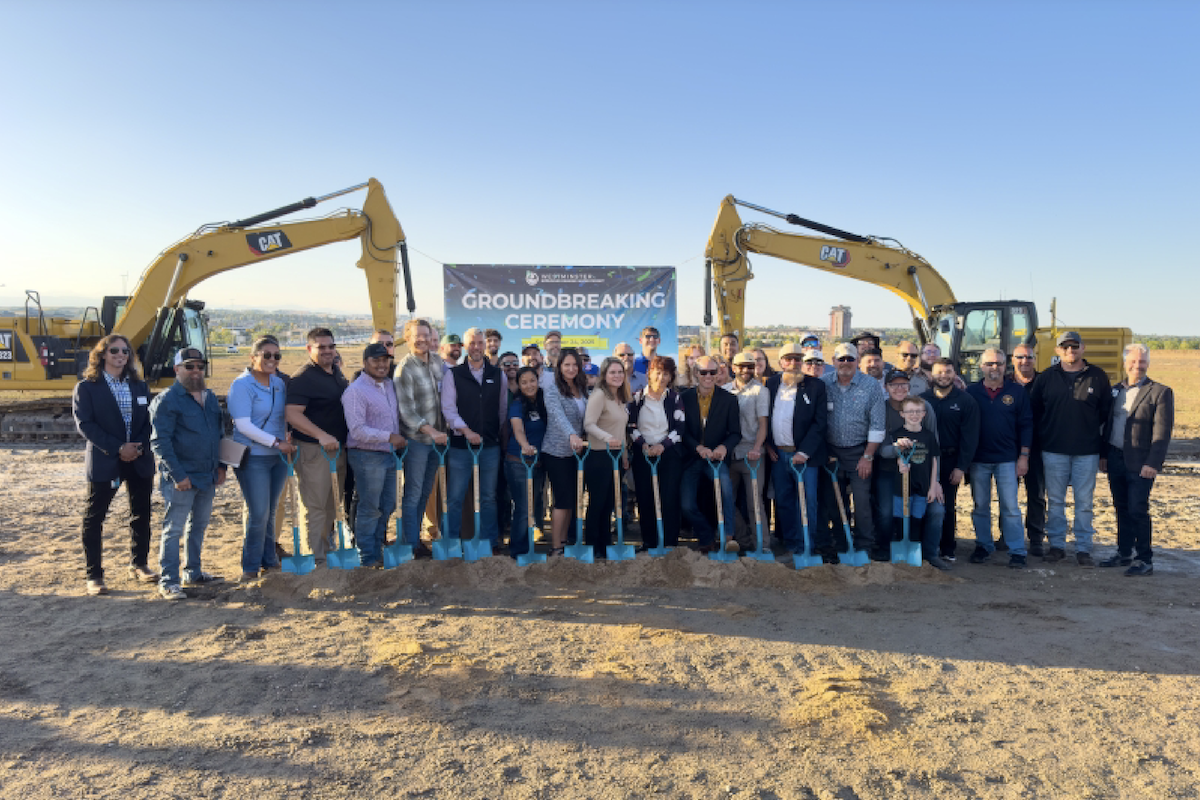Both I-435 and I-70 are major corridors in Kansas City. Between the two of them, the daily traffic count is over 200,000 vehicles. During peak traffic volumes, potential for backups exist.
The interchange was built 60 years ago and the bridges along the roads are past the point of being rehabbed. In addition, as currently constructed, there are left hand exits that have caused some safety issues.
Ultimately, the Missouri Department of Transportation (MoDOT) identified the project as one of the possible improvements to ease congestion and crashes often caused by merging and weaving in the I-70 Environmental Impact Study.
MoDOT will be demolishing four bridges and replacing them with 10 new bridges. The need for more bridges is to ensure proper alignment both horizontally and vertically since the interchange will be altered.

| Your local Bobcat dealer |
|---|
| Ditch Witch West |
| Faris Machinery |
| Romco Equipment Co |
Under each new bridge, there will be a mechanically stabilized earth wall. All together, MoDOT will be installing 14 such walls. One bridge will be rehabbed, which will include widening the bridge to accommodate another lane of traffic in the area.
A post tension straddle bent was installed under one bridge because the road runs underneath and the columns straddle the roadway. A specialized company posted the tension, which is atypical for MoDOT.
“The turbine will allow us to more efficiently combine movements and funnel traffic around,” says James Pflum, a Resident Engineer for MoDOT. “Besides updating everything to the current standards, the turbine is an example of an innovation we can implement that can help us move traffic safely and efficiently.”
When the project was in the planning stages, MoDOT considered multiple options about how to best update the interchange. They decided on the partial turbine for a few reasons, including costs. “With the turbine, there was a minimal amount of right-of-way that had to be bought,” says Pflum, “so we could appropriate more money to the actual work that we needed to do to get done.”
Space is also a factor. Because there’s sufficient land in the area, MoDOT was able to make the necessary adjustments to the roadway without having significant impact on other entities.

| Your local Gomaco dealer |
|---|
| Faris Machinery |
| Tri-State Truck & Equipment Inc |
While the team has run into some minor bumps, including utility location, Pflum notes a good set of plans has helped MoDOT stay within the budget. “Key plans were reviewed and vetted out internally quite a bit,” says Pflum. “It’s a testament to MoDOT value engineering workshops where we look over plans to find any way to minimize costs.”
Work on the project commenced in March 2019 and is scheduled to be complete in December 2020. The project is on schedule as the first two turbine ramps were opened at the end of July.
The project has been able to proceed in a timely manner despite COVID-19. “There were some repercussions on how we handled things on a daily basis such as social distancing,” says Pflum, “but there were not big impacts from the contractor or suppliers, and our work was allowed to continue.”
Pflum also credits the contractor for enabling the project to get done on schedule. “When you have a proactive contractor, who is really trying to get the job done, projects move along,” says Pflum. “Also, there was good communication with the contractor, which has been helpful in ensuring things haven’t lingered.”
“We had to ensure access to the stadiums,” says Pflum. “We created a plan that allowed traffic to flow to the stadiums.”

| Your local Trimble Construction Division dealer |
|---|
| SITECH Northwest |
| SITECH Rocky Mountain |
| SITECH Southwest |
The sheer size of the project was also a challenge for MoDOT since they don’t typically work on such large projects. “We had to making sure both we and the contractor understood phases and what needed to happen in each phase,” says Pflum.
Both challenges required MoDOT, the designer, and the contractor to put a greater emphasis on planning.
Upon completion of the project, commuters will see an ease in traffic congestion. This is not the first project in the area to address congestion – nor will it be the last – but Pflum expects it to clear up many of the issues.
It will also benefit MoDOT. “It resets the maintenance cycle in the area,” says Pflum. “Because we won’t have to maintain the area for many years, we can focus on other areas.”
MoDOT and Pflum are optimistic about the benefits of the turbine. “From everything we’ve seen so far from the turbine, we think it’s going to significantly improve movement and traffic awareness,” says Pflum. “We’re excited to see how it works out in the long term.”

| Your local Volvo Construction Equipment dealer |
|---|
| Faris Machinery |
With infrastructure innovations and improved safety, Kansas City’s I-435 and I-70 Interchange project will help commuters in multiple ways.












